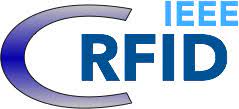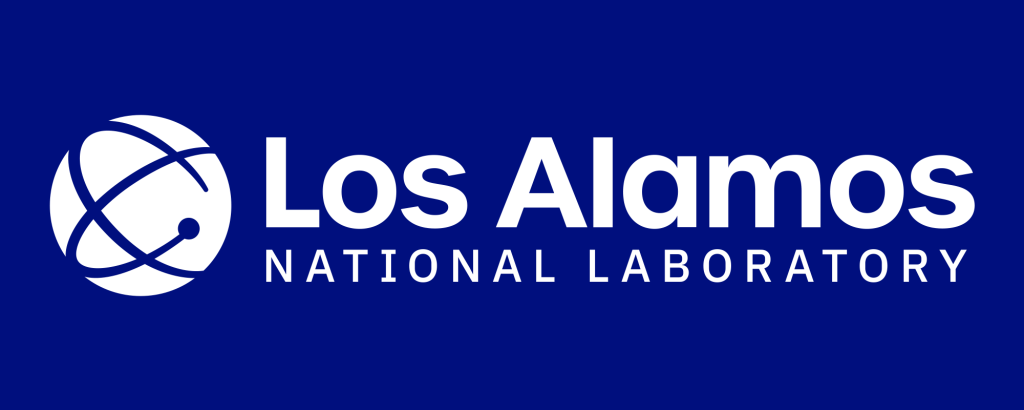IEEE RFID-TA 2024
December 18-20, 2024
Daytona Beach, FL, USA
IEEE RFID-TA 2024 was a great success! Thank you for participating! See you in 2025!
Awards
The IEEE RFID-TA Organizing Committee wishes to congratulate to the authors of the following awarded papers:
- Best Student Paper: Novel mmWave/5G RFID Architectures for Next Generation of IoT Devices and VR Applications –
Theodore W. Callis, Marvin Joshi and Emmanouil Tentzeris (Georgia Institute of Technology, USA)
- Best Woman in RFID Paper: Phase-based spatial resolution of chipless RFID tags – Fatima Villa-Gonzalez, Rahul Bhattacharyya, Jia Yuan Hu and Sanjay Sarma (Massachusetts Institute of Technology, USA)
- Best Paper Award: A 2.4 GHz Frequency Selective Backscatter Modulator for Bluetooth and Wi-Fi Backscatter – Kevin J Ho and Matthew Reynolds (University of Washington, USA)
IEEE RFID-TA 2024 provides a forum for advancing RFID technology and practice. It aims at strengthening relations between industry, research institutions, and academia. It gives attendees a unique opportunity to share, discuss, and witness research results in all areas of RFID technologies, their applications and related fields.
Each Registration includes daily breakfast and lunch as well as the social dinner!!!
Moreover, you can submit up to two papers for each registration!!!
Instructions for authors HERE
Accomodations:
The Hotel: Hilton – Daytona Beach Beachfront Resort is offering you a special price for your stay at the conference!
CLICK HERE TO DISCOVER THE HOTEL’S SPECIAL OFFERS
Important Dates
Paper Submission Deadline: September 16, September 30, 2024
Notification of acceptance: October 15, 2024
Final Paper Submission: November 15, 2024
Conference Dates: December 18-20, 2024
Become a Patron!
Choose one of our four sponsorship levels to contribute to the premier IEEE conference on RFID Technical Applications!
Registration Rates
Be sure to secure discounts by registering in early-bird!
IEEE RFID-TA 2024 will be partially co-located with IEEE WiSEE 2024
Our Keynote Speakers
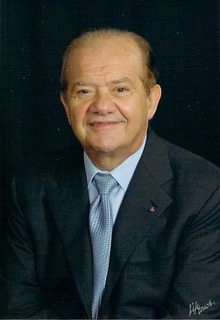
Dr. Mario W. Cardullo
Passive RFID 1st Patent Inventor
Dr. Mario W. Cardullo is an experienced engineering and management professional specializing in technology management. He is an entrepreneur and the inventor of the RFID and as the Corporate Planer of the Communication Satellite Corporation (COMSAT) conceiver of Mobile Communication Satellites. Dr. Cardullo is widely published in the fields of management of technology, technology entrepreneurism, energy, and systems engineering. He has served as a Counselor to the Under Secretary of Commerce for the International Trade Administration. Dr. Cardullo started his professional career as Senior Rocket Propulsion Engineer for the Navy and then the Apollo Program. Dr. Cardullo has also served as a Senior Research Associate and Adjunct Professor at Virginia Polytechnic Institute and State University and has held visiting positions at several other universities including Beijing University. He has been the founder or principal in several technology companies and has served as a technology advisor to various organizations. Dr. Cardullo holds several degrees in engineering and is a Registered Professional Engineer. He has been awarded several medals for his service and contributions to various fields. His recent work include nano RFID.
Keynote Title:
Small, Micro, Invisible-RFID
Grand Ballroom Salon 4 - 18 Wed - 14:10-15:00
Keynote Abstract:
The media often likes to portray new technologies as the result of a flash of brilliance in the night, or the work of some solitary genius. In fact, if you look at the development of the telephone, the light bulb or the first airplane, each of these inventions was based on the convergence of basic concepts that were well known in the scientific community. The inventors built upon prior knowledge to create something that was practical and versatile. RFID has gone from a solution to problem (1969), a “breadbox” test system (1970), the birth of an industry and in the future a nano device (150 nm or less). This paper will present how RFID went from a concept to an industry and possibly to an invisible device. This technology will truly enable fulfillment of the promise of the Internet of Things (IoT). The recent developments of producing a true nano RFID which will lead to a nano distributive meshed computer system. These devices can be styled “Intelligent Surfaces” (IS). These nano RFIDs (NRs) may prove to be a truly disruptive technology. With the addition of artificial intelligence (AI) the NRs could become a significant total system.
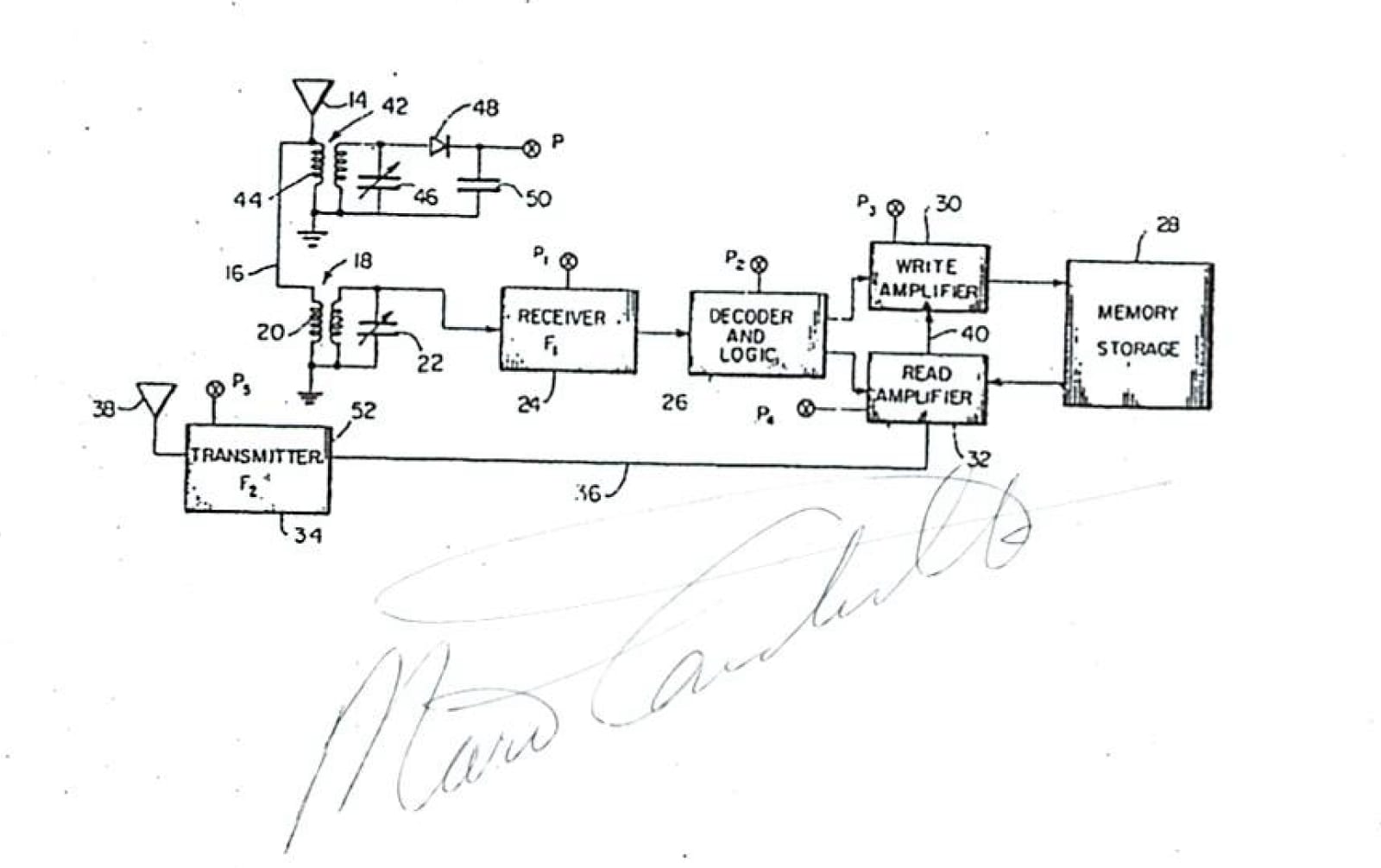

Prof. Niels Benson
Professor at University of Duisburg-Essen
Niels Benson (Member, IEEE) received the Dipl.-Ing. degree in electrical engineering from the University of Stuttgart, in 2004, and the Dr.-Ing. degree in materials science from Technische Universität Darmstadt, in 2009. Since 2008, he has been a Senior Scientist for Polymer Vision on rollable active matrix displays. In 2010, he joined the University of Duisburg–Essen as the Research Group Leader on thin film photovoltaics and electronics. In 2018, he was appointed as a W1-Professor and in 2024 as a W2-Professor at the University of Duisburg–Essen on printable materials for signal processing systems. His current research interests include charge carrier transport in disordered semiconductor, passive chipless RFID systems, THz for the next generation of epidermal electronics, and additive manufactured ceramic components for sub-mm and mm-wave signal processing applications. He is a co-founder and the CEO of airCode, which is a start-up from the University of Duisburg-Essen focusing on medical out-of-body communication and RFID technology.
Keynote Title:
Chipless RFID Technology for Localization and Sensing enabled by Ceramic Additive Manufacturing
Grand Ballroom Salon 4 - 19 Thurs - 09:20-10:10
Keynote Abstract:
For the localization of autonomous vehicles, the use of passive chipless RFID technology is of significant interest, as it would enable self-localization strategies complementing RADAR, LIDAR or GPS based approaches and thus lead to much needed situation dependent redundancy. Here, additively manufactured ceramic materials and components are discussed for this purpose. In general, ceramics are considered low loss with regard to electromagnetic properties and highly resilient in corrosive, or high temperature environments, potentially making them an excellent choice for long lasting chipless RFID technology. However, the processing of ceramic components, especially with mu-m resolution is challenging and generally regarded inflexible as it is associated with the use of molds. The use of additive manufacturing for this purpose brings the digital design freedom of 3D-Printing to ceramic processing, which puts a focus on achievable structure sizes as well structural quality of the printed material for signal processing applications. Therefore, this contribution focuses on the electromagnetic properties of additively manufactured Alumina (Al2O3) and Zirconia (ZrO2) discussing the tuneabilty of parameters such as permittivity, loss tangent and the occurrence of birefringence in dependence of processing and the resulting material quality. The technology is then used to demonstrate a retroreflective tag solution for the W-Band, consisting of a flattened Luneburg lens structure in combination with a 3D-2bit Tag for which a readout of +/- 80° is achieved, making it useful for self-localization purposes. It will be demonstrated that the tag can endure temperatures above 1000°C, while enabling code readout. In this context the device is usable for temperature sensing purposes, as the permittivity of the devices changes by 67ppm/K, resulting in a quantifiable frequency shift. Further, an outlook will be given on how this sensor fusion concept can be extended, to enable retroreflective tags with biosensing capabilities.
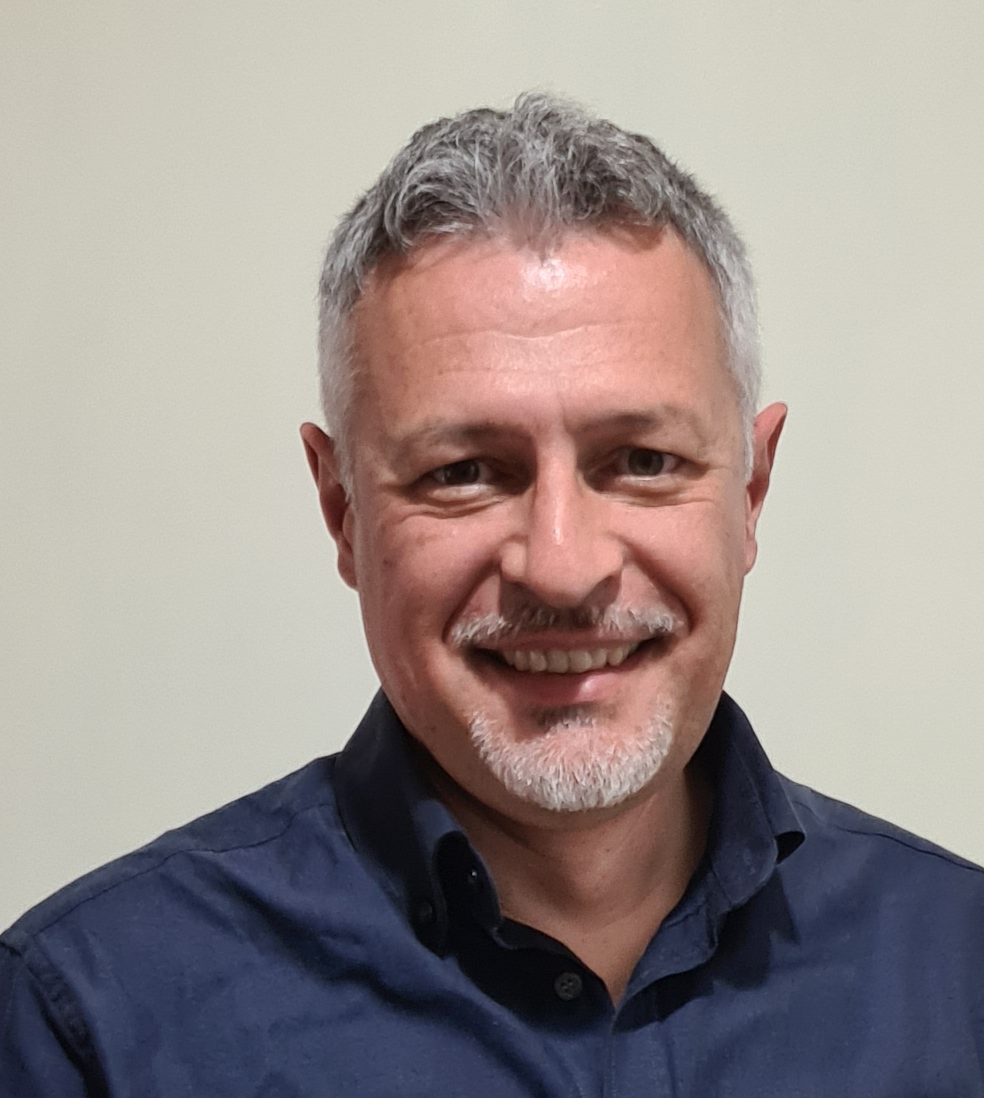
Prof. Gaetano Marrocco
Full Professor at University of Rome Tor Vergata
Gaetano Marrocco MS in Electronic Engineering and Ph.D. in Applied Electromagnetics from the University of L'Aquila, Italy, in 1994 and 1998, respectively. Researcher at the University of Roma Tor Vergata in 1994-2014. Associate Professor of Electromagnetics in 2013-2017, Full Professor at the University of Roma Tor Vergata since 2018. He currently serves as Director of the Medical Engineering School. The first phase of his career was devoted to the research on Time-Domain electromagnetics with application to structural, broadband, and ultra-wideband antennas for Satellite (ESA, ASI), Avionic, and Naval (Leonardo) communications. Then, since 2002 he is investigating sensor-oriented miniaturized antennas for Biomedical Engineering and Radiofrequency Identification (RFID), contributing to the move from the RF labeling of objects to the passive sensor networks in the Internet of Things era. He carried out pioneering research on bodycentric battery-less wireless sensors concerning textile RFID antennas, tattoo-like sensors (flexible and stretchable epidermal electronics), and radio-sensors embedded inside implanted prostheses. He served foe many years as Associate Editor for the IEEE Journal of Radiofrequency Identification, as member of the IEEE Antennas and Propagation Society Awards committee, and currently he is AE of the IEEE Journal of Flexible Electronics. Moreover, he is the chair of the Italian delegation URSI Commission D Electronics and Photonics. He was the chair of the Local Committee of the V European Conference on Antennas and Propagation (EUCAP-2011), TPC chair of the 2012 IEEE-RFID TA in Nice, France, TPC track-chair of the 2016 IEEE Antennas and Propagation Int. Symposium, TPC track-chair of IEEE-RFID 2018-22, USA and co-chair of the 2024 IEEE FLEPS in Finland. Prof. Marrocco is the director of the Pervasive Electromagnetics Lab (www.pervasive.ing.uniroma2.it) and the co-founder and president of the University spin-off RADIO6ENSE (www.radio6ense.com), which is active in the short-range electromagnetic sensing for the Industrial Internet of Things, Smart Manufacturing, Automotive and Medical Device. He is listed in the PLOS ranking of Top 2% Scientists Worldwide (source Univ. Stanford, 2023).
